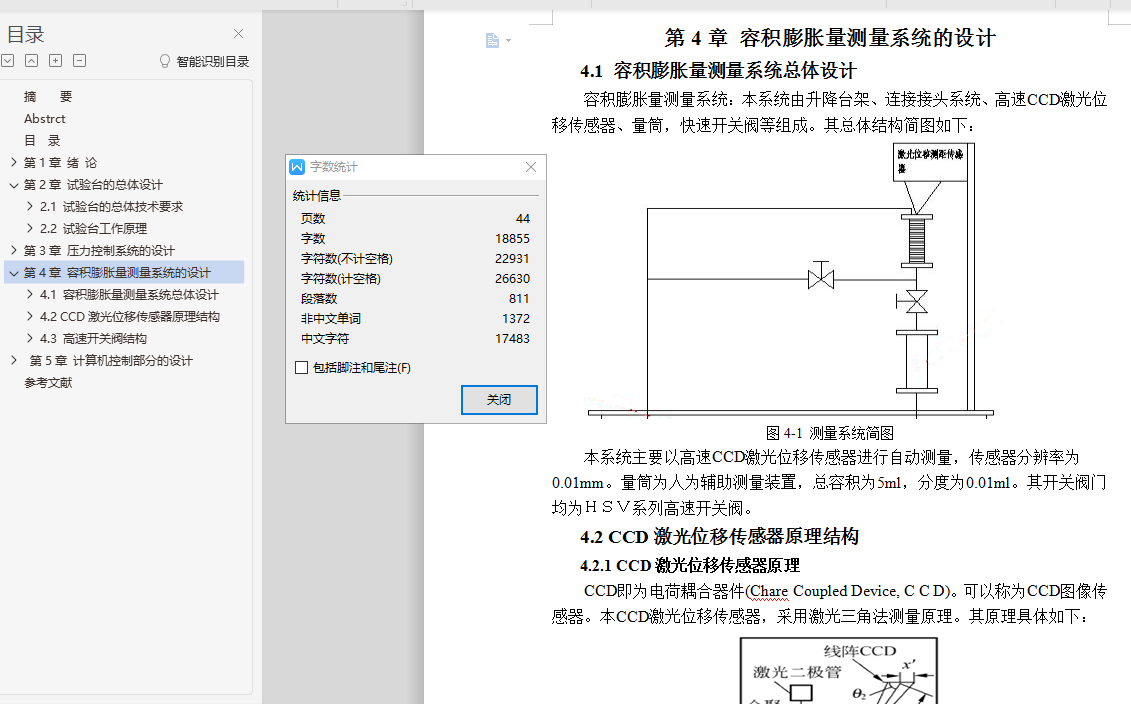摘 要
制动软管是在制动系统中主要用于介质的传递和存储供汽车制动器加力的液压或气压的柔性输送导管,所以它的质量的好坏会直接影响到车辆行驶的安全性和可靠性。 对于橡胶制动软管,内容积膨胀量是其主要的性能参数之一。当制动软管经受规定的内部压力时,其体积就要膨胀。而其最大的内容积膨胀量应满足于汽车制动性能的要求。在制动软管内容积膨胀量大于标准的时候,一般会感到:制动无力,制动踏板偏低;回油慢,这都是直接影响制动性能的主要因素。
本论文在阐述汽车制动软管膨胀量特性对汽车制动作用的基础上,分析液压制动软管容积膨胀测定系统,并结合相关标准要求对液压制动软管膨胀量试验进行了分析总结。随着汽车工业水平的不断提高和对汽车安全性的高度重视,深入分析和研究制动软管膨胀量特性具有重要意义。
关键字:汽车安全 软管膨胀量 试验分析
Abstrct
Brake hose is a flexible conveying pipe which is mainly used for medium transfer and storage of hydraulic or pneumatic pressure for automotive brake in braking system, so its quality will directly affect the safety and reliability of vehicle driving. For rubber brake hose, internal volume expansion is one of the main performance parameters. When the brake hose is subjected to a specified internal pressure, its volume will expand. The maximum internal volume expansion should meet the requirements of automobile braking performance. When the volume expansion in the brake hose is larger than the standard, it is generally felt that the brake is weak, the brake pedal is low, and the return oil is slow, which directly affects the brake The main factor of performance.
On the basis of expounding the function of the expansion quantity of automobile brake hose to automobile braking, this paper analyzes the volumetric expansion measurement system of hydraulic brake hose, and analyzes and summarizes the test of hydraulic brake hose expansion according to the relevant standards. With the development of automobile industry and the importance of automobile safety, it is of great significance to analyze and study the expansion capacity of brake hose.
Key words: test and Analysis of expansion capacity of Automobile Safety hose
目 录
摘 要 1
Abstrct 2
目 录 3
第1章 绪 论 2
1.1 课题的意义 2
1.2 国内外的研究状况 3
1.3 研究方案 5
第2章 试验台的总体设计 6
2.1 试验台的总体技术要求 6
2.2 试验台工作原理 7
第3章 压力控制系统的设计 8
3.1 压力控制系统组成 8
3.2 液压泵的设计计算 9
3.2.1 液压马达与液压泵的异同 9
3.2.2 油泵的工作压力Pp 9
3.2.3 油泵流量的计算 9
3.2.4 泵的主要性能参数的计算 11
3.3.2 电动机的选型 12
3.3.3 电动机参数计算 13
3.4 联轴器的选择 13
3.5 控制阀的选择 15
3.5.1 压力控制阀的选择 15
3.5.2 流量控制阀的选择 18
3.5.3 方向控制阀的选取 18
3.5.4 节流阀的选择 20
3.6 压力表以及压力表开关的选择 21
3.7 液压管道的选择 22
3.7.1 吸油管道 23
3.7.2 压油管道 23
3.7.3 回油管道 24
3.7.4 泄漏管道 24
3.8 管接头的选择 24
3.8.1 吸油管道接头的选择 24
3.8.2 压油管路管接头的选择 24
3.8.3 泄漏油路管接头的选择 25
3.9 油箱的设计计算 25
3.9.1 油箱的构造及设计要点 26
3.9.2 确定油箱容量 27
3.10 散热计算 29
3.11 过滤器的选择 30
3.11.1 过滤器的分类以及常用的过滤器 30
3.11.2 过滤器的选择基本要求: 30
3.12 冷却器的选择 31
3.12.1 选用冷却器的必要性 31
3.12.2 冷却器的选型 32
3.13 蓄能器的原理和结构 32
3.13.1 蓄能器定义 32
3.13.2 工作原理 33
第4章 容积膨胀量测量系统的设计 34
4.1 容积膨胀量测量系统总体设计 34
4.2 CCD激光位移传感器原理结构 34
4.2.1 CCD激光位移传感器原理 34
4.2.2 CCD激光位移传感器系统结构 35
4.2.3 CCD激光位移传感器光学系统 35
4.3 高速开关阀结构 36
第5章 计算机控制部分的设计 37
5.1 计算机控制系统 37
5.2 控制器的选择 38
5.2.1 S7-200的结构特点 38
5.2.2 S7-200工作原理 39
5.3 传感器的选择 40
5.3.1 工作原理 41
5.3.2 主要技术参数 41
5.4 数据采集卡的选择 41
参考文献 42




